Having plants in your garden that can also act as natural pest control. Marigolds, for instance, add visual appeal to your garden while preventing pests from wreaking havoc. Natural pest control is safer, as it eliminates the risk of harming other plants.
There are many types of Marigolds, and they have properties that keep pests away. Usually, the scent they release repels them.
This results in a thriving garden; depending on the pests surrounding your garden, you may not even need to apply chemical repellents.
We have gathered the best types of Marigolds you can plant in your garden for pest control. These Marigolds will add vibrancy to your garden and protect the surrounding plants and flowers from getting ruined. With that said, let's dive right in!
The 5 Best Marigolds For Controlling Pests
![Garden plot with raised bed. - Best Marigolds For Pest Control [5 Types For Your Yard]](https://gardentabs.com/wp-content/uploads/2023/01/Garden-plot-with-raised-bed.-Best-Marigolds-For-Pest-Control-5-Types-For-Your-Yard-1.png)
There are many types of Marigolds, each unique in appearance and functionality.
However, there are Marigolds that beautify your surroundings and protect your flowering and fruiting plants. Here are the five types of Marigolds you may want to plant in your garden.
1. French Marigolds
French marigolds release toxins that kill and repel white flies and harmful nematodes. They are said to be the most effective natural pest control.
French Marigolds release a chemical called "Limonene," a VPC or Volatile Plant Compound. The French Marigold emits this chemical to signal insects and pests to stay away from it.
Insects can detect VPCs, and some VPCs attract pests. Fortunately for French Marigolds, it is the opposite that happens.
When insects smell the plant's VPC, they immediately turn away. They could die if they are within the radius of the soil.
An ideal time to plant them is at the end of the growing season, so you'd be able to safeguard the plants yet to develop. This will ensure that the plants at the next season will bloom and thrive.
Make sure to strategically them near flowers and plants that attract nematodes to reduce the infestation.
2. Mexican Marigolds
Mexican Marigolds do not only repel insects and bugs, but they also repel woodland animals, such as wild rabbits, that may munch on your plants.
Having Mexican Marigolds around your garden is ideal if you live near woodlands and tend to attract deer, wild rabbits, and other animals. This will help preserve your garden better, and it will make your garden more vibrant.
According to a study, Mexican Marigolds are also highly effective in repelling aphids, which are one of the major causes of crop damage during the growing season.
This is why planting Mexican Marigolds are highly recommended on farms, so farmers can take advantage of the plants' repellant properties.
3. African Marigolds
African Marigolds are known to repel nematodes because of the toxin it releases. The insecticidal properties are on the plant's roots, so they protect the soil itself where they are planted.
Furthermore, they smell very strong, so these vibrant blooms have other uses apart from keeping pests around your garden at bay.
African Marigolds can also be used as a medicinal herb. What is toxic to pests, such as the flower's petals, can benefit humans.
These flowers can treat digestion problems, sore throat, ulcers, and skin problems.
The petals can also be used for artistic purposes. You can also make dye with their petals.
Crackerjack
Crackerjack comes from the African Marigold variety, so you can rest assured that the roots contain toxins that kill nematode populations.
Visually, Crackerjack Marigolds almost look like a kaleidoscope. The petals blend gold and orange, making the flowers look like they have depth.
These plants also grow up to three feet tall, so make sure to prune them if you want them to stay low on the ground or if you want them to be bushy. Otherwise, you can let them grow into a natural arch.
4. Orange Flame
Orange Flame Marigolds are a variety of French Marigolds, so they also contain the VPCs that keep pests away. They have a strong scent that insects can easily detect, so they immediately stay away.
When insects stay far away from the garden, they won't be able to touch your other crops, provided that you plant these Marigolds abundantly enough.
Orange flames have a firey color, hence its name. They add beauty and a burst of life to the garden, especially if you place them near greens.
Also, plant them around the garden to ensure that the pest population decreases.
5. Disco Mix
Disco Mix Marigolds come from the French Marigold variety and have pest-repellent properties from its Volatile Plant Compound.
Additionally, they tend to bloom early, so they could be the first Marigolds you can plant around your garden if you want your other crops and plants to be protected early on.
They come in different colors, each vibrant in its own right, earning its name "Disco Mix." They effortlessly add visual appeal to your garden while protecting other plants from pests.
What Are Some Common Garden Pests?
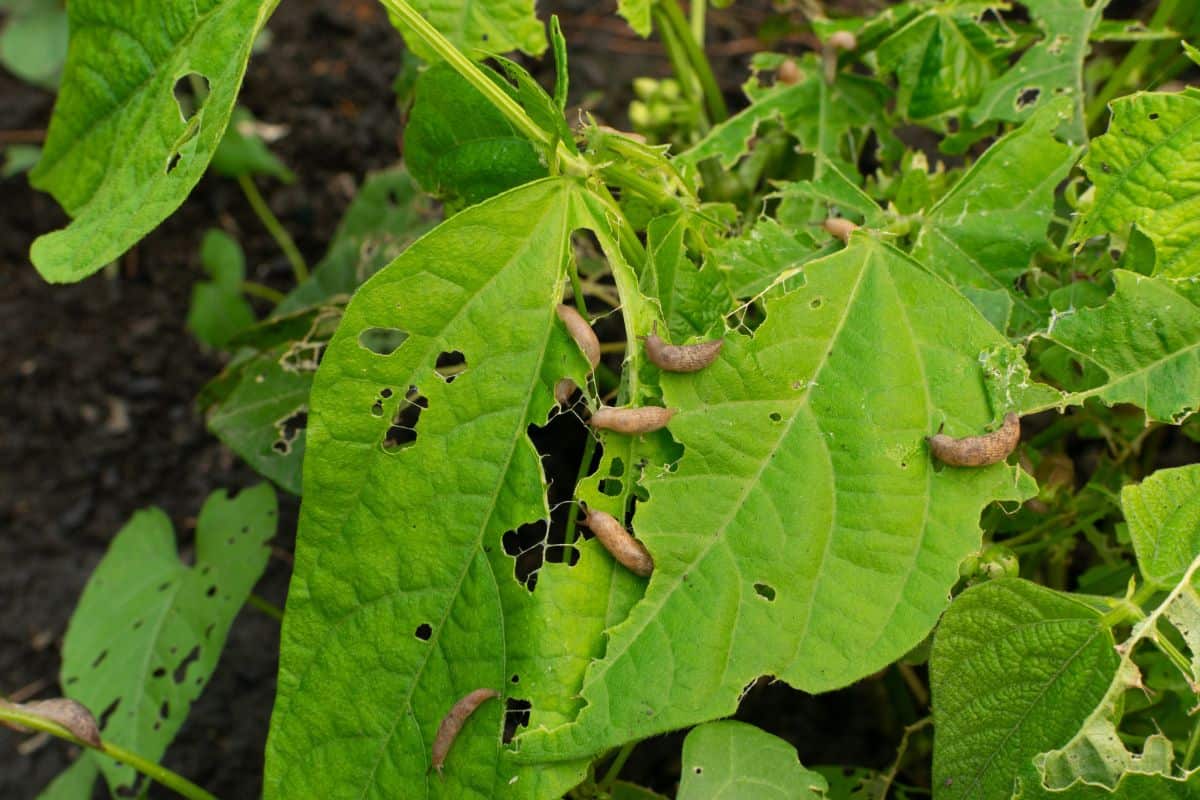
The reason why you want Marigolds in your garden in the first place is so you can keep pests out.
One of the ways you can keep them away is to be alert when they come by. Therefore, you need to be familiar with them to spot them easily.
You should be familiar with the signs that your garden may be getting infested so you can take the necessary steps: one of them could be to plant more Marigolds near the infested area!
Here are the pests you should look out for and what you should do when you spot them:
Root-Knot Nematodes
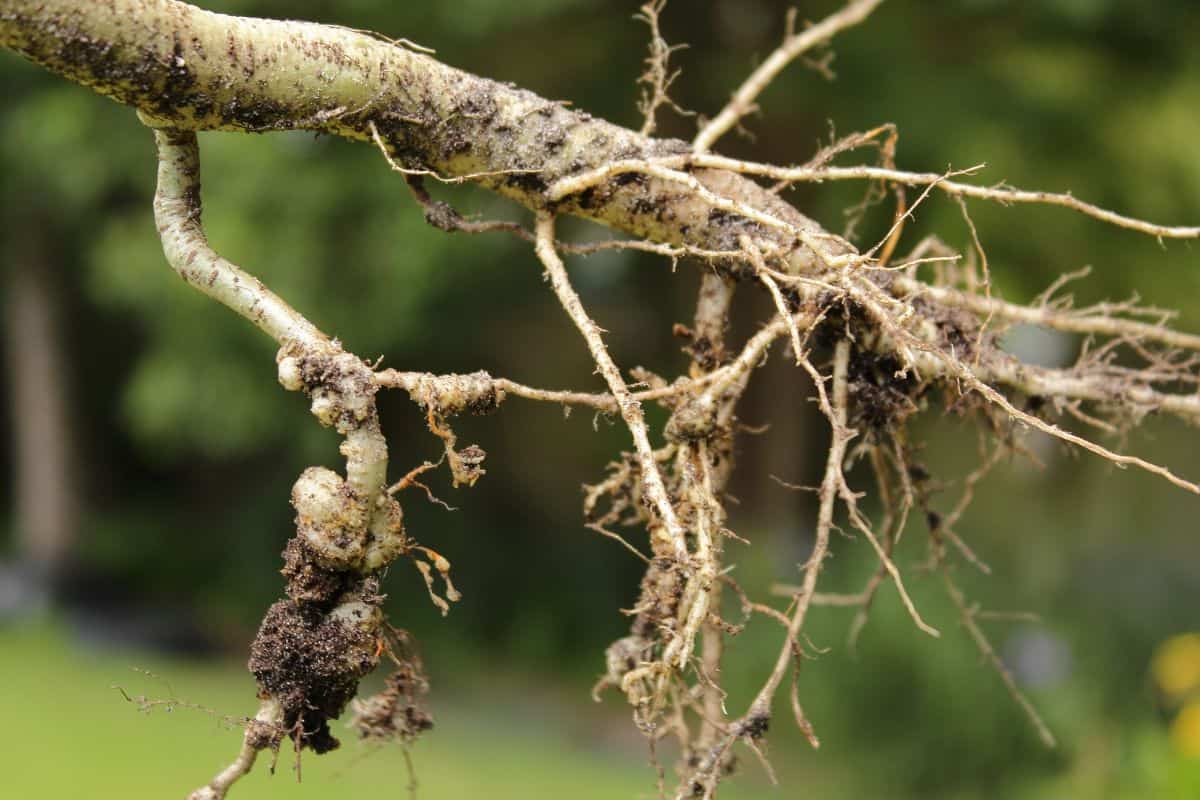
Root-knot Nematodes are often attracted to crops such as tomatoes and tomato plants (even before bearing fruit). You can recognize the infestation when you inspect their leaves.
The leaves would turn yellow, and they will wilt under the sun. Moreover, the effects are even more severe for developing plants.
The fruits and crops will also be smaller and deformed and may be unfit for harvest. Slowly, the plants will no longer be able to yield crops.
Planting French Marigolds are one of the best natural solutions you can implement, as it can release toxins into the ground. That will get rid of the infestation.
White Flies
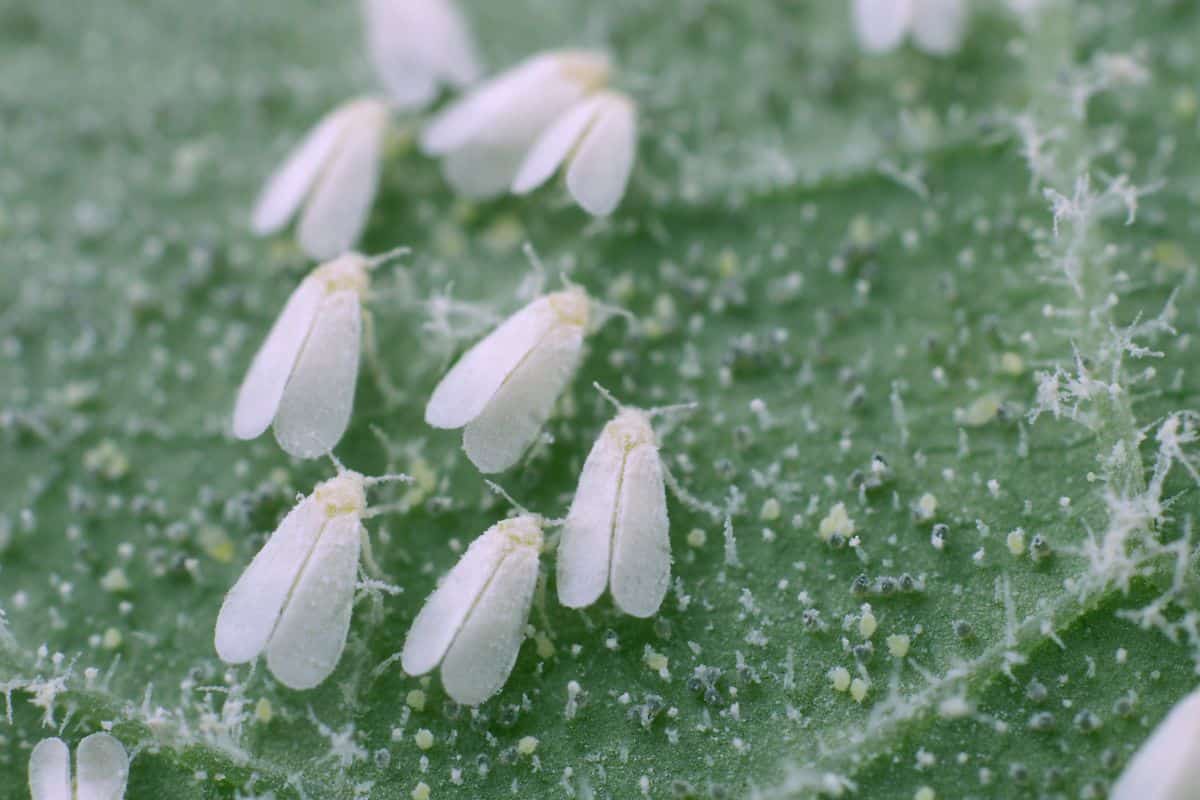
White Flies are pests that suck the sap out of vegetable and ornamental plants. They are abundant in warm weather, so if you live in an area with a generally sunny climate, these are flies you need to watch out for.
They cause the wilting and yellowing of plants, making them unable to grow and yield. Additionally, they are just as destructive as aphids, so you'll want to get rid of them ASAP.
Planting French Marigolds would prevent an infestation from happening. It could be challenging to control these pests, so it is best to implement natural insecticides before they come.
Cabbage Worms
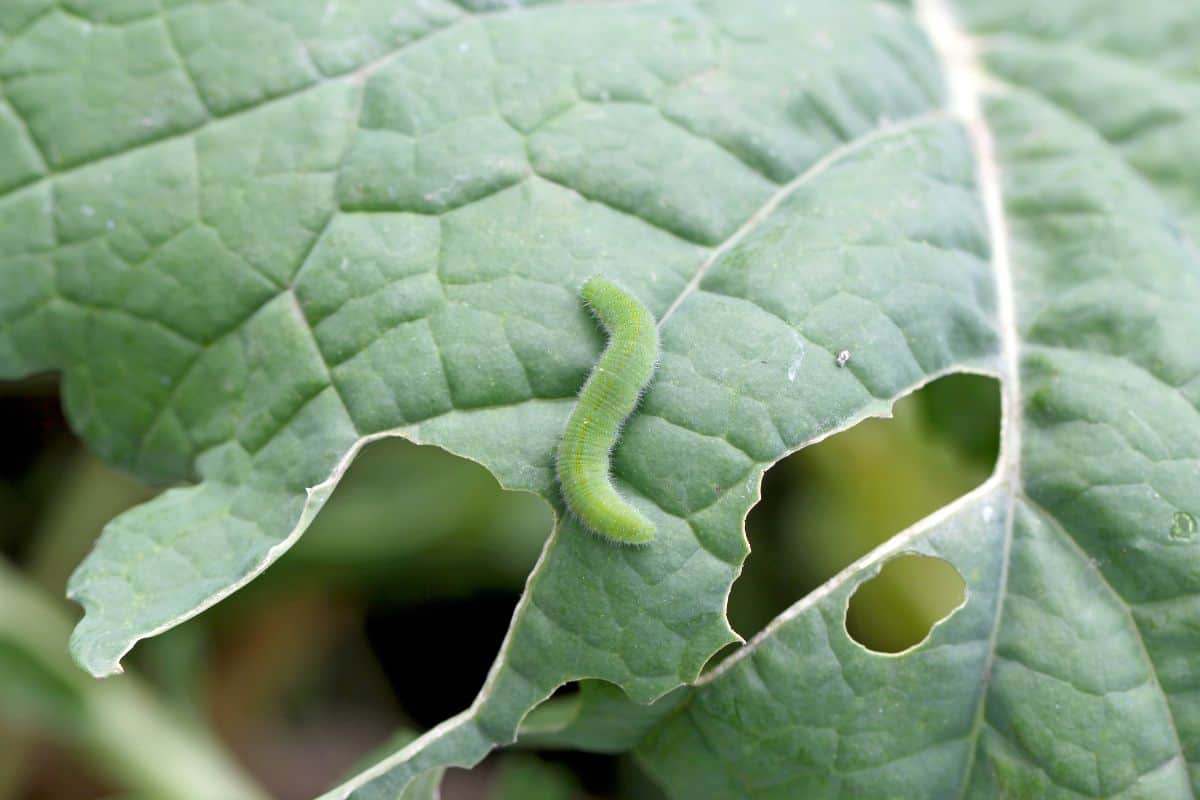
You can suspect Cabbage worms if you observe holes in your leaves and flower stalks. However, one of the sure signs that you have a cabbageworm infestation is if you notice their dark, round excretions.
Fortunately, you can safely plant Marigolds beside your cabbages or leafy vegetable crops. They are common companions, and they deter cabbage worms effectively and safely.
Marigolds deter Cabbageworms because of the chemical alpha-terthienyl, which repels and eliminates the presence of the smallest worms and pests.
Not only will Marigolds be functional when placed near cabbages, but they will add visual appeal to your garden as the vibrant flowers liven up your crops.
Should I Apply Chemicals Alongside Marigolds To Control Pests?
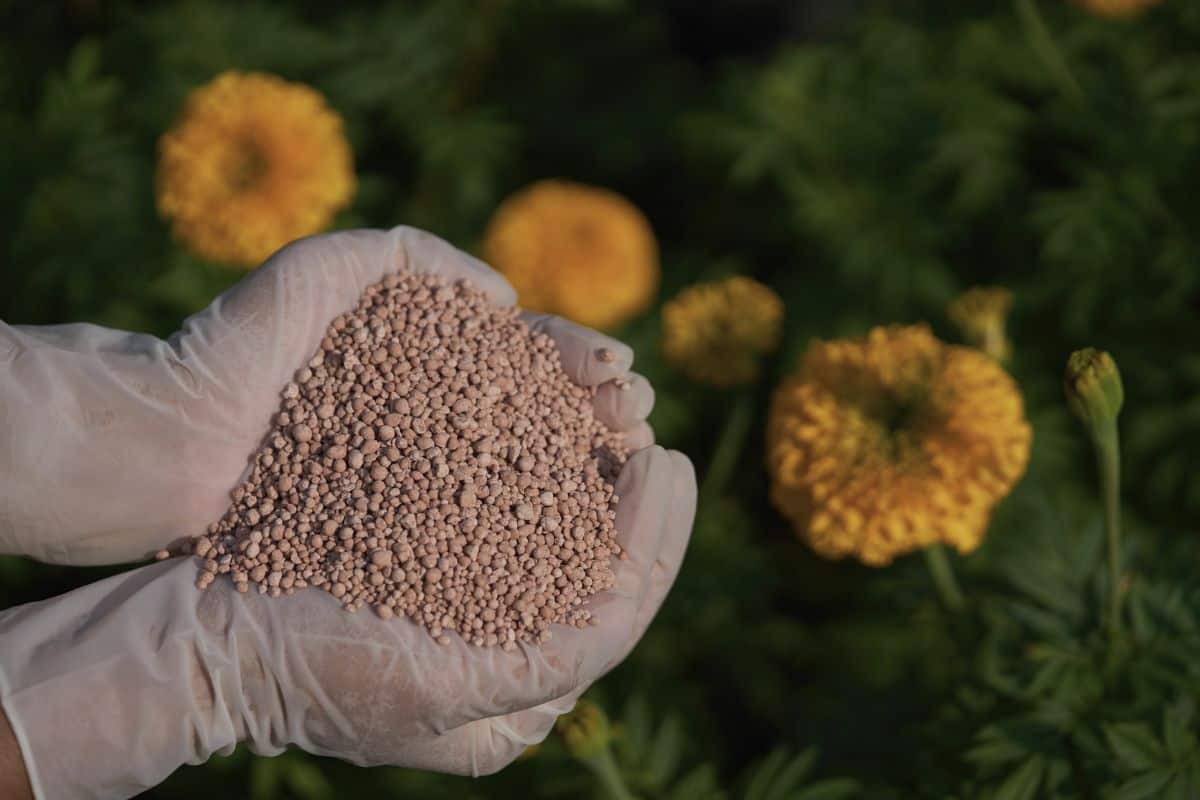
Ideally, you shouldn't have to add chemical insecticides if the Marigolds are already releasing toxins that deter pests in your garden.
However, if you genuinely need to, add Diatomaceous earth near your Marigolds and the crops near them.
Can You Make Bug Sprays Out Of Marigolds?
Once you harvest your marigolds and pick them out, you can create a bug spray:
- Blend the Marigold petals with water. Make sure it still has a chunky consistency.
- Pour the blended Marigolds into a jar.
- Strain it after two days with a cheesecloth.
- Dilute the solution into 6 cups of water and pour it into a spray bottle.
Watch this video to see how to make a bug spray out of Marigolds:
To Finish It Up
Finding pests around your garden can be frustrating, especially after painstakingly trying to grow your plants. Fortunately, Marigolds can help you.
Marigolds are known not only for their beauty and vibrancy but also for their advantageous uses. Make sure to exploit all the benefits of your Marigold flowers to improve your garden's ecosystem and add value to your daily routine.
And while we have your attention, check out these related articles:
My Marigold Leaves Are Turning Brown – Why? What To Do?
8 Marigold Landscaping Ideas [With Pictures To Inspire You!]
